According to the People's Committee of Ca Mau province, the province's sea dike system has not yet hardened the entire route, and some sections on the Western Sea dike are still earth dykes. Ca Mau has submitted to the competent authority to gradually close the sea dike from the West to the East to ensure national defense and at the same time develop production.
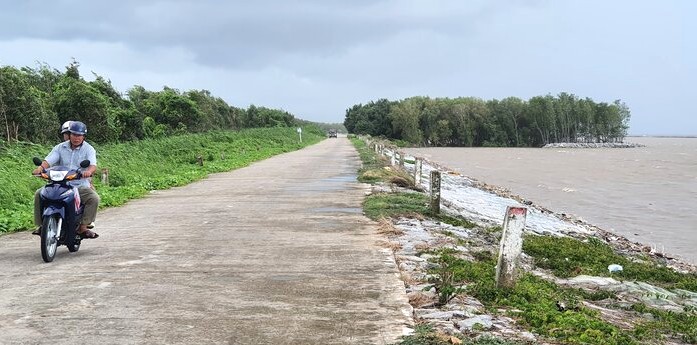
The West Sea dyke in Ca Mau province is more than 108 km long, this is a project with a defensive role to protect production and the lives of people in a large area inside, especially the area of sweetening double-crop rice cultivation, raising freshwater fish and cajuput forest, especially U Minh Ha National Park...
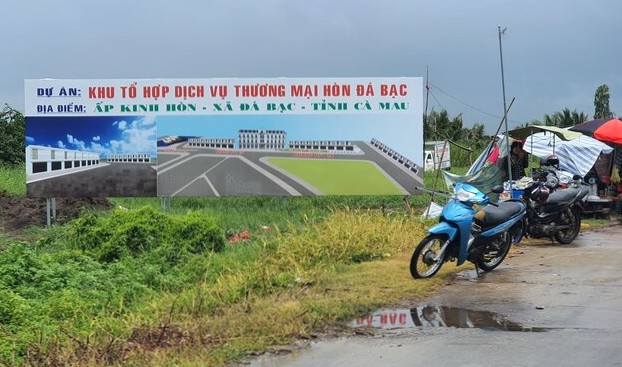
Protecting and preventing sea dykes to minimize damage to state works, production works, and property of the people here is one of the key tasks of the province over the past time.
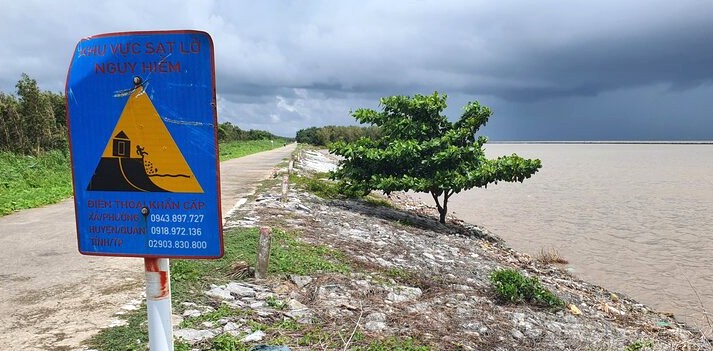
Every time the rainy and stormy season enters, coastal erosion and erosion become more frequent, in which the West Sea dyke has to face serious erosion. Many sections of the protective forest belt were destroyed, the dyke body was threatened, and had to be in a state of strict protection.
Currently, more than 52 km of dykes have been reinforced, more than 56 km of dykes are on land, and the total length of the coastal protection embankment is nearly 80 km. However, during the storm season, strong winds, big waves and high tides are still a direct threat in many areas on the Western sea dike.
Mr. Le Minh Vu - Deputy Head of the Tran Van Thoi - U Minh - Phu Tan Dyke Management Station - commented: "Currently, the West Sea dyke is only able to cope well with storm conditions at level 9 tro lai".
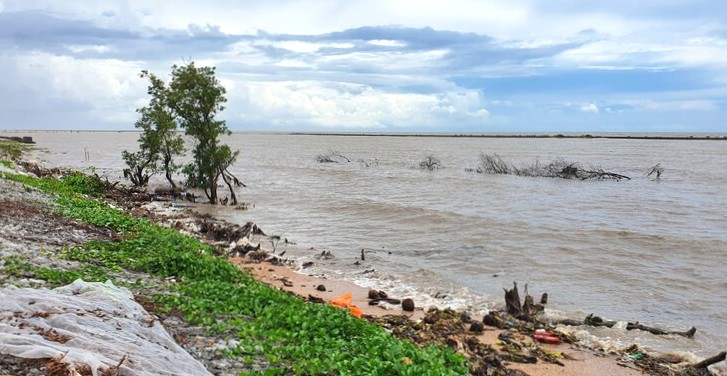
Currently, there are 6 dangerous landslides on the entire West Sea. Including 2 particularly dangerous landslides. The station has submitted a plan to handle these two particularly dangerous landslides. A warehouse of stone cages, gravel and gourd will be exported for handling in the coming time. The remaining locations have also been included in the dike protection plan.
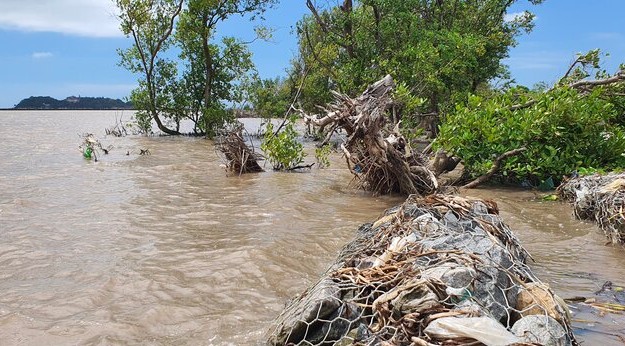
In the sections of the dike that have lost their outer protective forests, waves hit directly at the foot of the dike, the risk of landslides is very high, especially during the period from the 8th lunar month to the end of the year, when the southwest monsoon at sea is active.
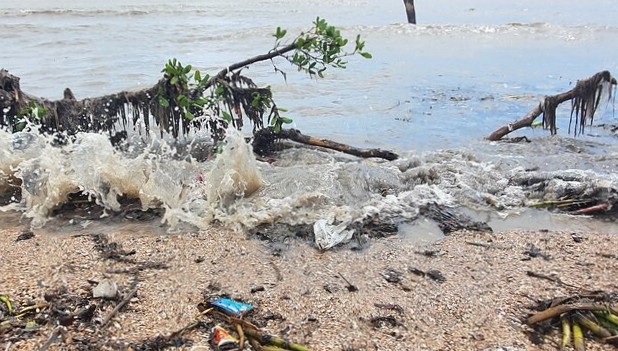
The current worrying situation is that along the West coast, there are still many households in residential areas outside the dike, not protected by the sea dike. They still have to live in fear every time they enter the storm and high tide season, especially in the last months of the year. Because most of the coastal residents are often workers with difficulty, their houses are also unstable and temporary, and are very vulnerable to natural disasters.
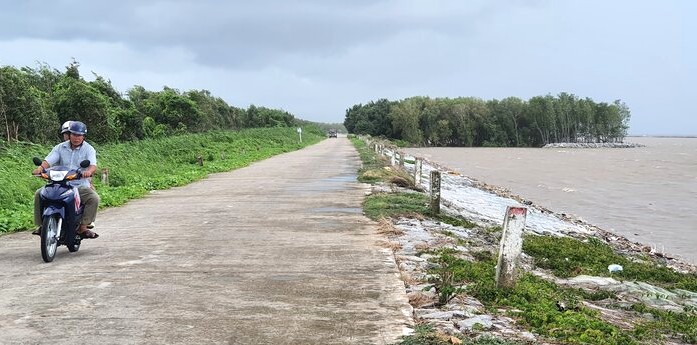
In order to protect important works and people's lives, currently, functional sectors are making efforts to reinforce embankments and dykes to respond to natural disasters, ready to mobilize all resources, and immediately handle incidents from the time they arise, in order to minimize damage.
















